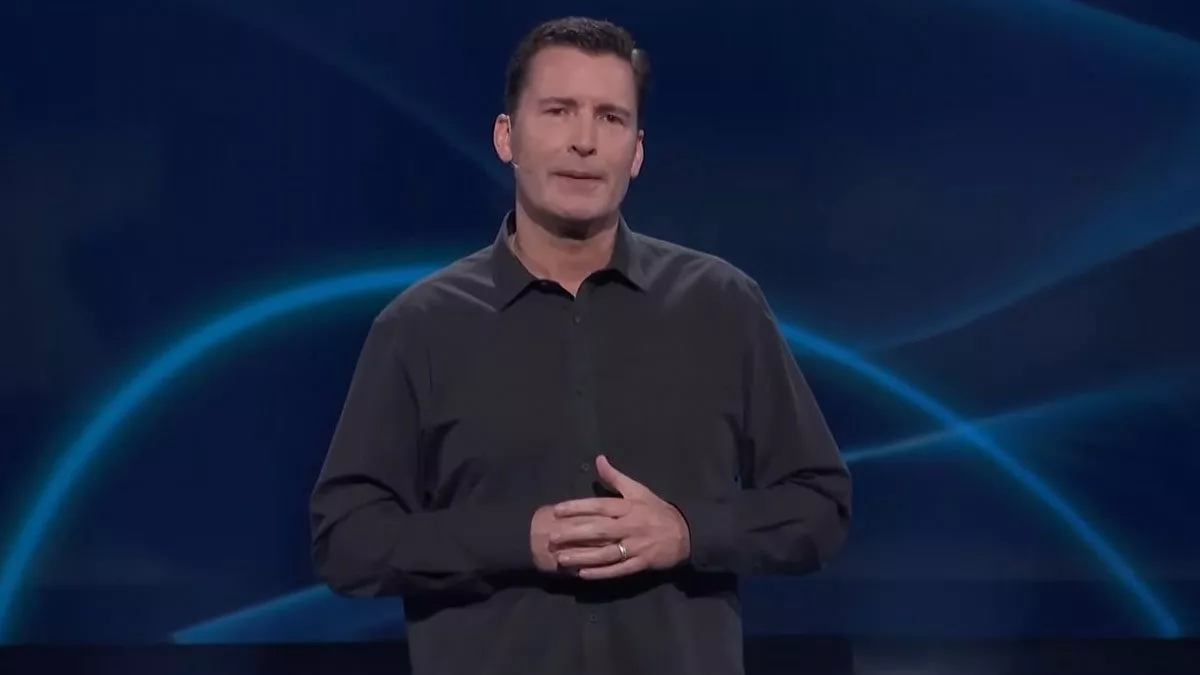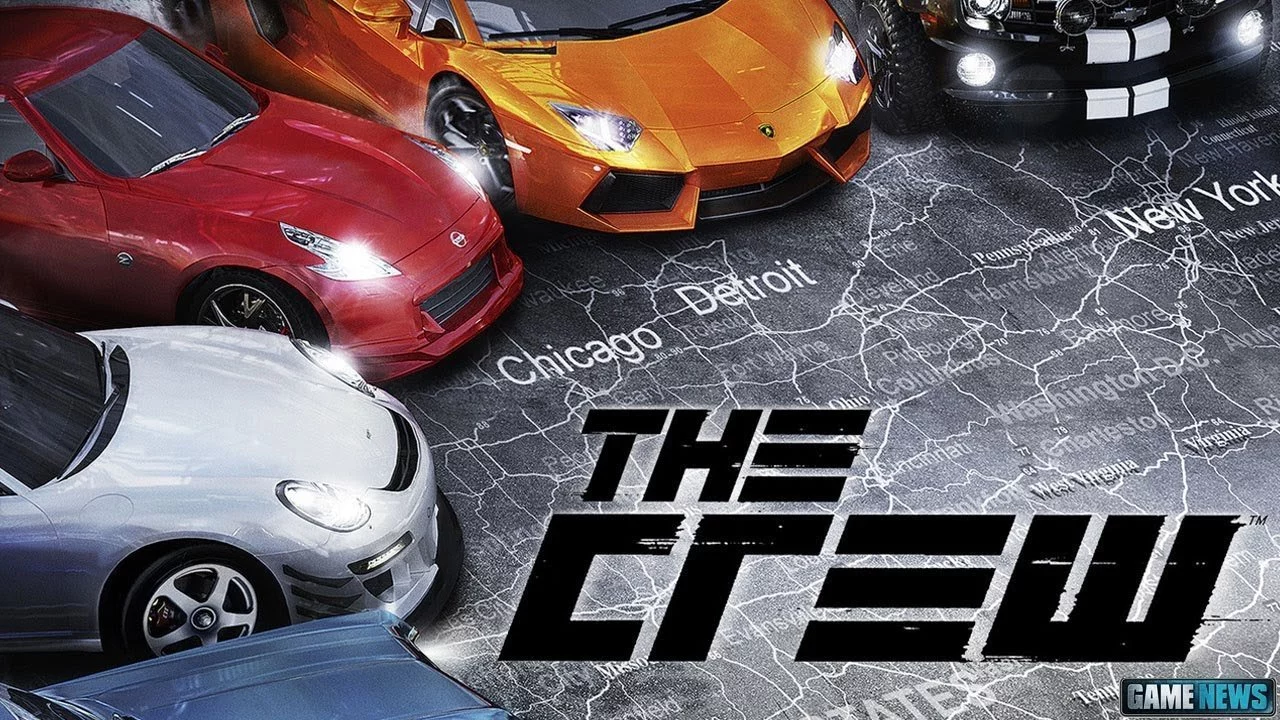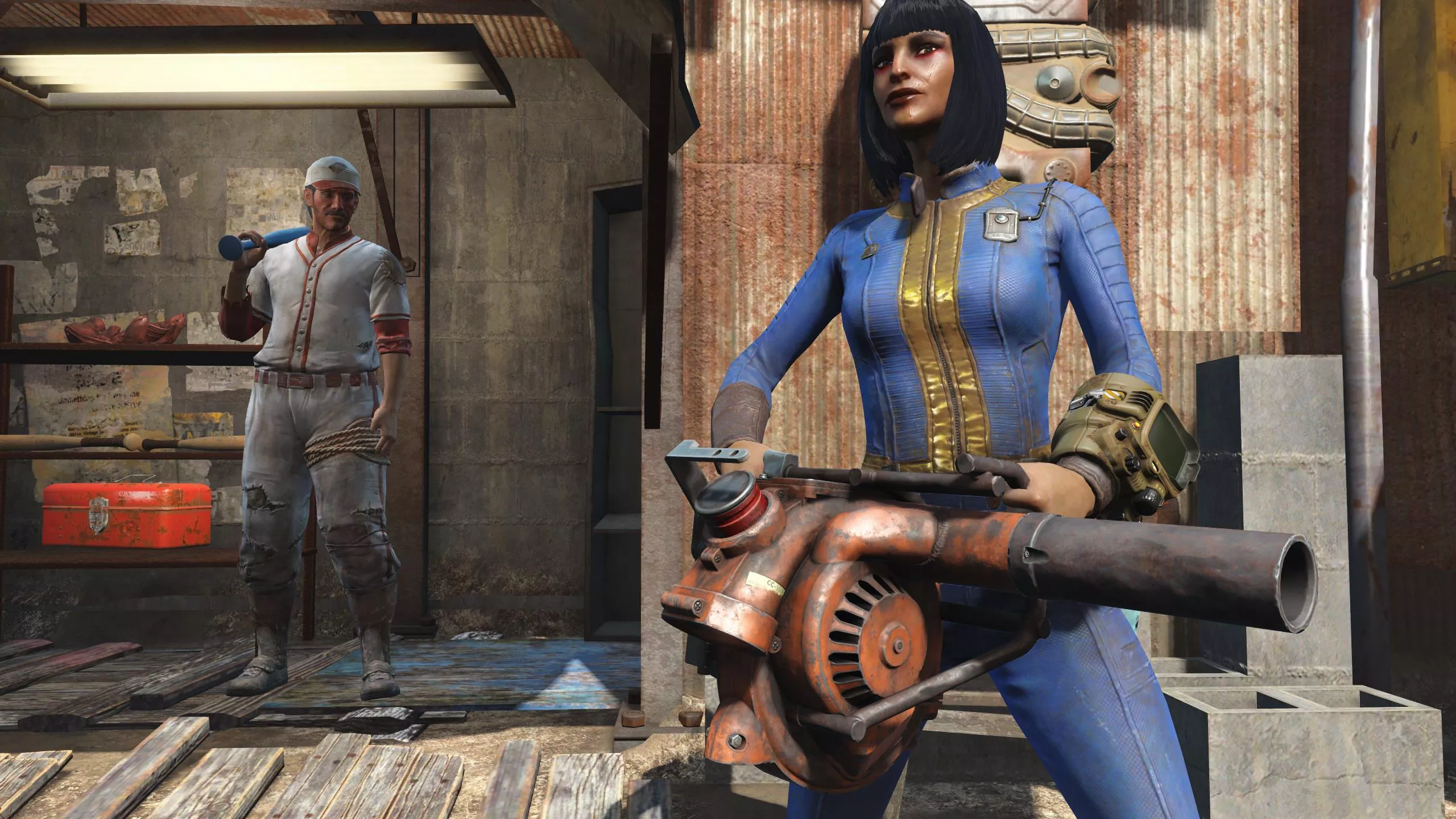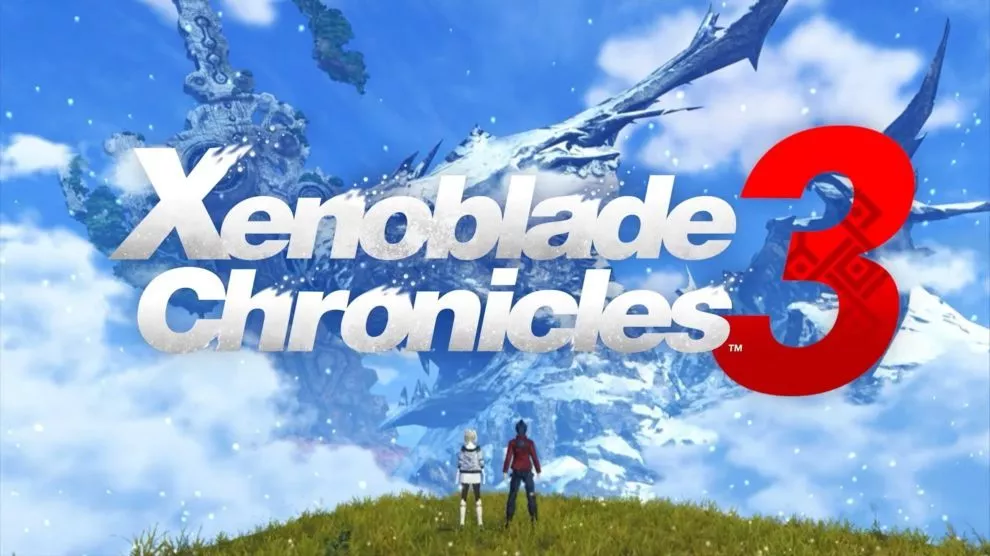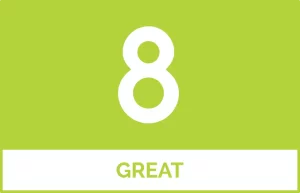(At least three different ways, according to the cast.)
While Xenoblade Chronicles has always been a franchise to swing big with its settings, Xenoblade Chronicles 3 certainly takes the award for highest concept. While previous titles have taken place on the backs of living titans or dead colossi, this instead introduces an alien setting through its premise.
In the world of Aionios, soldiers are born fully-grown from pods under the banner of one of two kingdoms, fight for their Queen on the battlefield as hard as they can every day, and then die after ten years. And that’s just your broad-strokes of the world – each soldier serves under one of their kingdom’s Ferronis, a giant mechanised battle-tank-slash-moving-city. As one army kills the soldiers of the other, the remaining life in their ten-year term is sucked up by the Ferronis and used to take down even more enemy combatants. Essentially, life on Aionios is a constant energy war where the only batteries on the market are “Staying Alive” brand.
As players step into the world of Xenoblade Chronicles 3, they’ll soon become acquainted with a six-person odd couple (an odd sextuple?) made up of soldiers from both sides of the war, thrown together under unexpected circumstances. Noah, Eunie and Lanz hail from Keves (a kingdom populated by races from the first Xenoblade Chronicles game), while Mio, Sena and Taion call Agnus home (along with other members of the races from Xenoblade Chronicles 2). After learning a deeper truth about the eternal war they all fight, these six set out to overcome their differences, and work together to put an end to the fight once and for all.
Speaking of fighting, XC3 introduces several new twists to the franchise’s incredibly complicated combat system. With six party members to manage at all times, it would make sense to have each be a distinct archetype that sets themselves apart from the rest of the party – not so, says Monolith Soft! In combat, party members each take on a specific class, represented by a unique weapon type, which are separated into three categories: burly defenders who draw aggro and absorb damage from enemies, squishy healers who manage buffs/debuffs and restoring the party’s HP, and attackers who maximise their damage by attacking enemies from a specific direction.
After the party gains the power to change their class early in the story it’s encouraged to mix and match, but maintain a balance between the three categories within your team. While it’s certainly possible to shift the balance one way or the other, the game’s battles will make you work hard for it – not enough defenders and those squishy healers will get squished, or your attackers may not get a sword in edgewise for being interrupted constantly. As the pool of classes you can access expands, this simple 2:2:2 balance makes it easy and exciting to experiment with new weapon types without feeling your party will suffer for it.
Raising a class’ level and mastering its skills will also allow you to use them when playing another class (and let you use that class’ costume whenever you like, for those of us who feel fashion is an important part of combat), expanding the versatility of your characters as you fight ever onwards. Surprisingly, I found myself switching back and forth between controlling the various party members constantly – in the past of been guilty of only learning the main protagonist’s moveset and sticking with them, but the fact that everyone’s skills and combat style are constantly changing encourages experimentation to find the classes you enjoy, rather than the characters.
It wouldn’t be Xenoblade if there weren’t layers on layers, of course. Once you have a handle on classes there’s also the Chain Attack gauge which allows you to combo attacks between your party members for massive damage increases, the game’s multiple status effect combos, Art cancelling, Fusion Arts, Special attacks, and the Ouroboros forms introduced in the game’s trailers. Ouroboros forms allow pairs of your party members to combine their strength and transform into giant, vaguely alien warriors with even more powerful moves and a limited timer on the battlefield. All put together (and competing for screen real estate on your Switch) it’s a LOT to take in, which makes it no small blessing that the game will slowly parcel them out to you over the game’s easily 60+ hour length; it’s admittedly a lot of fun to see the chaos in action, though.
With six fighters and all these different layers of complexity, every battle is a cacophony of effects, AOE indicators, enemy sightlines and a never-ending barrage of shouts by your party; that’s one signature part of the Xenoblade formula I could’ve done without, honestly. Given how often you’ll face down enemies in the game’s huge world, there could never be enough unique bits of banter to keep it feeling fresh. In my experience, I was already hearing repeated lines in the first few hours of play. It’s a good thing then, that the world of Aionios is jam-packed with things to do outside of combat, helping to extend the time between having to hear Lanz proclaim “And I was the MVP!” after every other fight… and let’s not even speak of the “Australian” accents used by some members of the game’s cast.
Each huge open map is filled with distractions like chests to open, fallen soldiers to lay to rest, airdropped supplies to recover, one-of-a-kind enemies, new camping spots to unlock and much, much more. Given the vast scale of Xenoblade Chronicles 3′s maps it’s great to see the density of fast-travel spots made available as you explore; side quests will have you dashing back and forth all over the world, so being able to quickly locate the nearest shortcut to your destination becomes a blessing after a few dozen hours.
Rest spots also make a return after featuring heavily in the Torna DLC for Xenoblade Chronicles 2. Acting as a hub point on your travels, these rest spots allow you to use your bonus XP to gain levels, eat meals to boost your stats temporarily, craft gems to optimise your combat skills, and discuss leads and information you’ve discovered around Aionios. Discussions are often used to progress both main and side quests, which is a helpful way to encourage you to circle back and touch on these other necessities regularly.
That said, the world of Xenoblade Chronicles 3 is a LOT of fun to explore. As hinted at in the game’s pre-release buzz, 3 represents “the future” of the Mechonis and Bionis, and the world of Alrest from the previous games in the series. Almost every area is reminiscent of a location from the previous games, ranging from the obvious – like the Mechonis’ Sword and Urayan titan seen in the game’s logo – to more subtle nods with colour schemes, flora and architecture hearkening back to the game’s predecessors. Having recently played through both of the past games, it was always exciting to spot something that I could tell was a reference to these past locales, sometimes only becoming apparent from a certain angle or distance.
While newcomers will not be at a disadvantage for not recognising this waterfall or that crumbling ruin, it adds an extra layer of reward for the folks who have spent significant chunks of time really feeling it with Shulk, or diving into the Cloud Sea with Rex. It’s clear that the new graphical improvements Monolith Soft tested with Torna – The Golden Country have been expanded on in Xenoblade Chronicles 3, squeezing even more juice out of the Switch’s hardware. Character models, lighting, particle effects and the world’s lush landscape all look gorgeous, both docked and in handheld mode. Thankfully some of the more cringey anime tropes have been put to bed since 2 as well, making the game a lot less awkward to play on public transport – no more Dahlia making you look like a creeper when all you want to do is save the world.
All in all, Xenoblade Chronicles 3 delivers on a lot of the promises it makes. The world is dauntingly huge, the story is engaging and surprising throughout, and nods back to all the elements of the series’ storied past. That’s not to say it’s without fault, however – while I thoroughly enjoyed the story I found it ended a few hours’ worth of explanation early, compared to what I’d expected. While it certainly explains its connection to Xenoblades 1 and 2, I didn’t feel it had the payoff that was promised in the leadup to the game’s release. Plenty of story threads were left hanging, and some villains felt like they were teasing a reveal of their deeper story that never came. It’s entirely possible this could all be explained in the game’s confirmed DLC expansion next year, but as of right now it just feels like a piece of the story is missing – at least from a long-time player’s perspective.
Despite all this, my time with Xenoblade Chronicles 3 was overwhelmingly positive. I’ve clocked a hundred hours at this stage, with the main story completed and PLENTY of side content still to go. If you want a big, meaty RPG to dedicate plenty of time, this game’s the one. But remember, soldiers only have ten years on the battlefield – and you might need that whole decade to see everything Aionios has to offer.
Xenoblade Chronicles 3 was reviewed using a promotional code on Nintendo Switch, as provided by the publisher. Click here to learn more about Stevivor’s scoring scale.
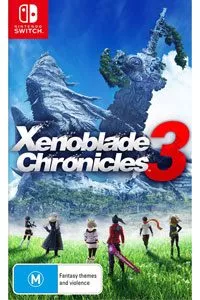 |
Xenoblade Chronicles 329 July 2022Switch |
This article may contain affiliate links, meaning we could earn a small commission if you click-through and make a purchase. Stevivor is an independent outlet and our journalism is in no way influenced by any advertiser or commercial initiative.



